
In an era where technology is an integral part of our daily lives, it’s easy to get swept up in misconceptions. Many tech myths have been debunked, yet some continue to persist. Let’s clear the air and set the record straight on seven common technology myths that you might still believe.
Myth: More Megapixels Mean Better Camera Quality

The belief that more megapixels equate to better camera quality is a longstanding myth that needs debunking. While megapixels do determine the resolution of an image, they don’t guarantee a higher quality photo.
Factors like sensor size, lens quality, and image processing software play a crucial role. Many smartphones with fewer megapixels produce stunning images because of superior sensor technology and advanced image processing. Remember, when evaluating camera quality, consider these elements rather than focusing solely on megapixel count.
Myth: Macs Don’t Get Viruses
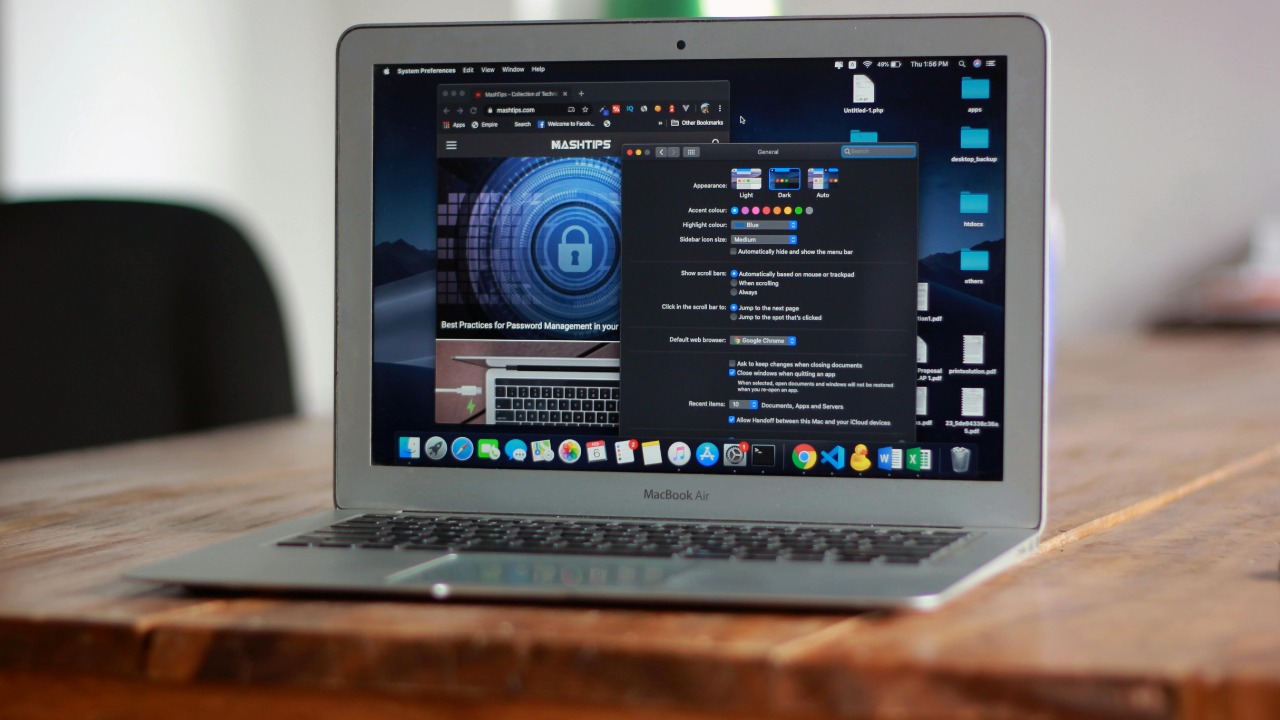
It’s a common misconception that Macs are immune to viruses. While macOS is known for its robust security features, it isn’t invincible. Viruses, malware, and other malicious software can indeed target Macs, albeit less frequently than Windows systems.
The lower occurrence is mainly due to the smaller market share of Macs compared to PCs. To protect your Mac, it’s essential to keep your software up to date and use reliable antivirus software.
Myth: Charging Your Phone Overnight Destroys the Battery
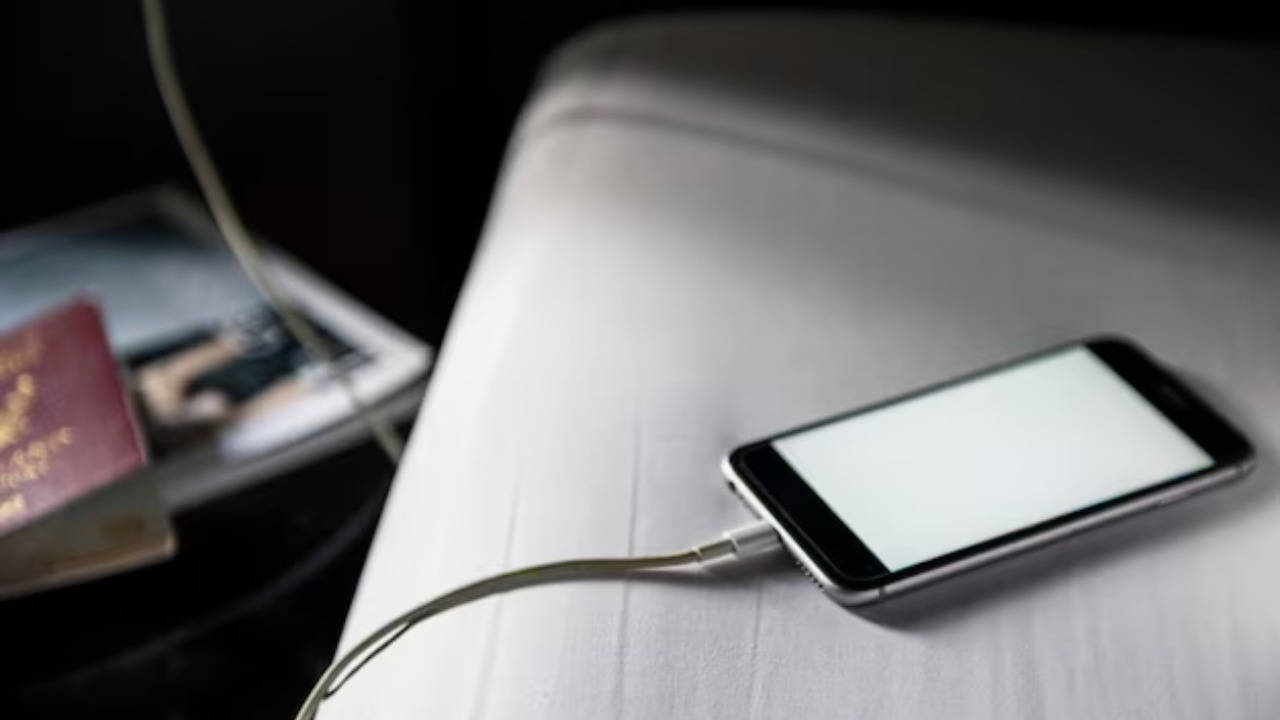
Many people fear that leaving their phone charging overnight will harm the battery. Modern smartphones are equipped with smart charging technologies that prevent battery overcharging. Once fully charged, the phone stops accepting power, minimizing potential damage.
While overnight charging isn’t harmful, it’s still a good practice to unplug your device once it’s fully charged to conserve energy. For more details on battery myths, check out this article.
Myth: Private Browsing Keeps You Completely Anonymous

Private browsing modes like Chrome’s Incognito or Firefox’s Private Browsing are often misunderstood. While they prevent your browsing history from being stored locally, they don’t make you completely anonymous online. Your internet service provider, visited websites, and network administrators can still track your activities.
To enhance online privacy, consider using a VPN or other privacy-focused tools alongside private browsing.
Myth: Closing Apps Saves Battery Life
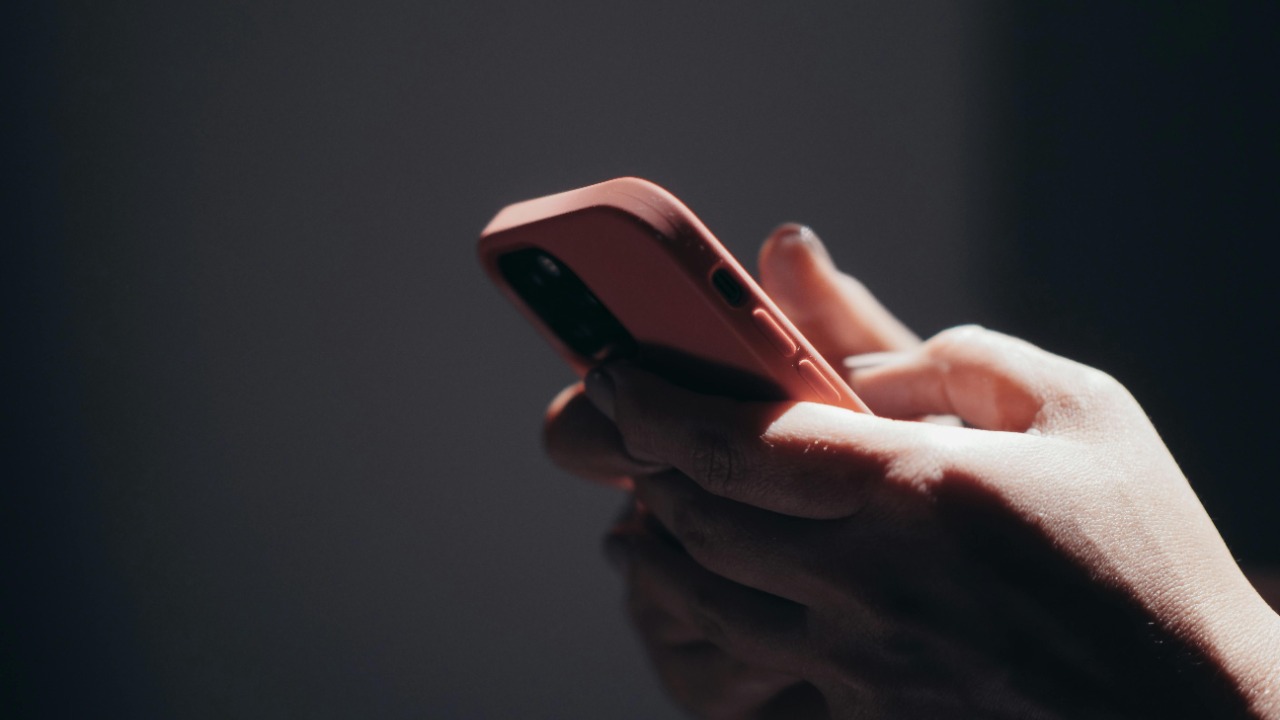
Contrary to popular belief, frequently closing apps may not significantly save battery life and can sometimes have the opposite effect. Modern operating systems are designed to manage background apps efficiently. Forcing apps to close can disrupt this system, causing them to restart and consume more battery when reopened.
Instead of closing apps, focus on managing settings like screen brightness and background data usage to improve battery performance.
Myth: Public Wi-Fi Networks Are Always Safe
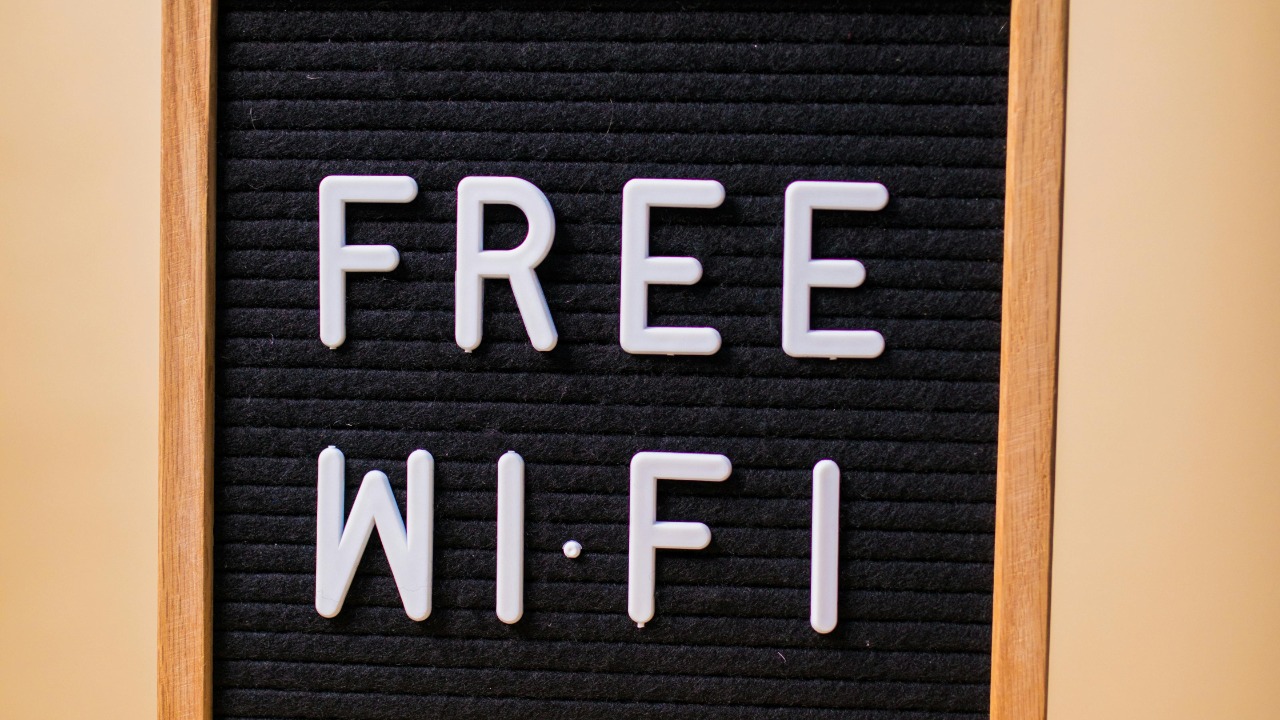
Many people assume that connecting to public Wi-Fi networks is safe, but this isn’t always the case. Public Wi-Fi can expose you to security risks, such as data interception by hackers. To protect yourself, use a VPN to encrypt your connection and avoid accessing sensitive information while on public networks.
Always ensure the network is legitimate before connecting, and when possible, stick to encrypted websites (HTTPS).
Myth: The More Bars, the Better the Signal
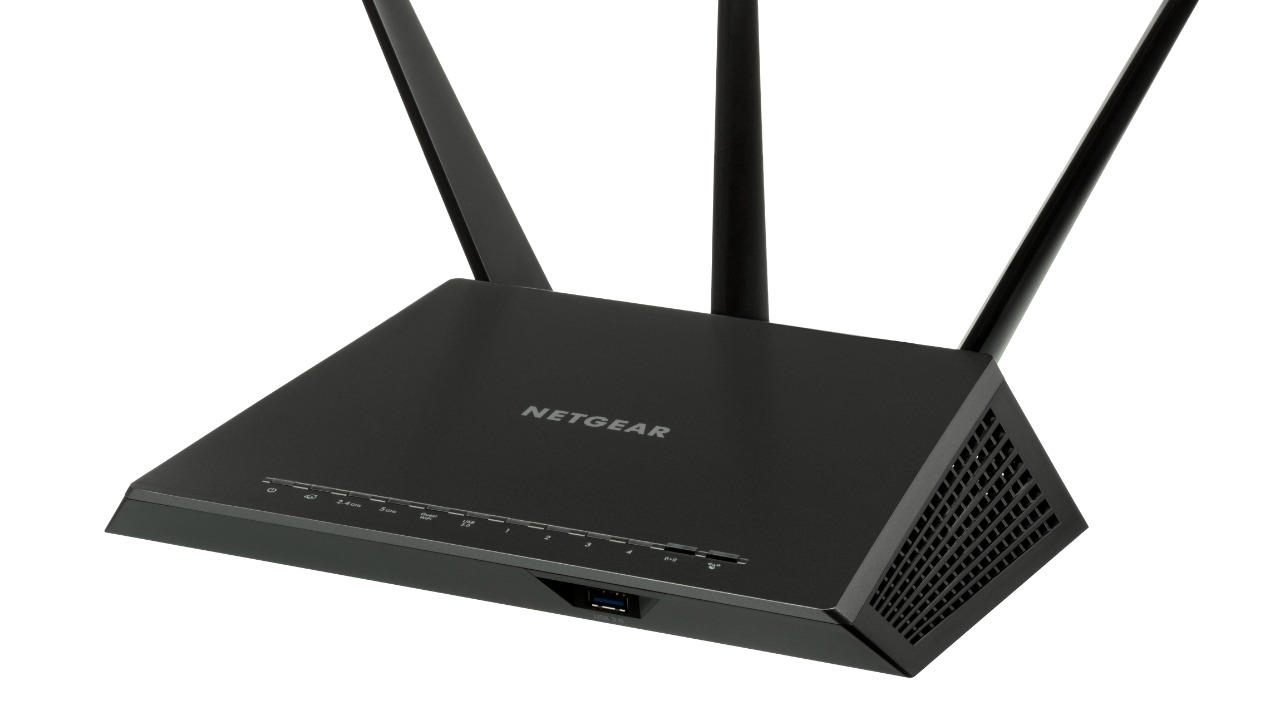
It’s a common assumption that more bars on your phone mean a better signal, but that’s not entirely accurate. The bars represent signal strength to the nearest tower, not necessarily the speed or quality of your connection.
Network congestion, distance from the cell tower, and obstacles can affect your actual service quality. To truly assess your connection’s quality, consider using speed test apps that measure download and upload speeds, latency, and signal consistency.